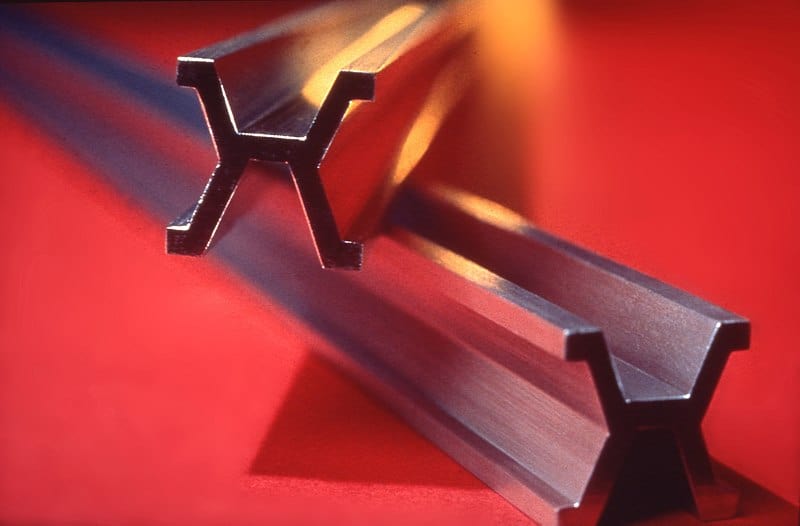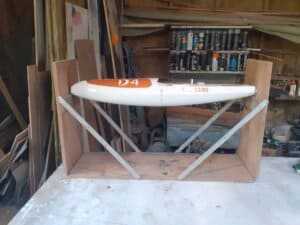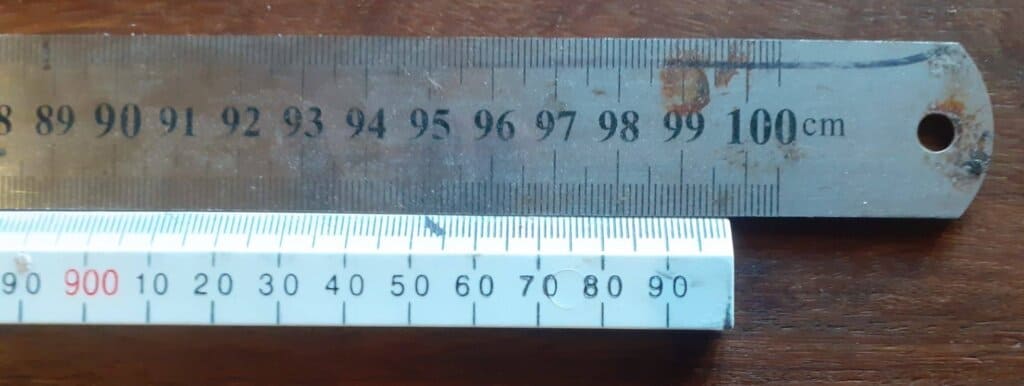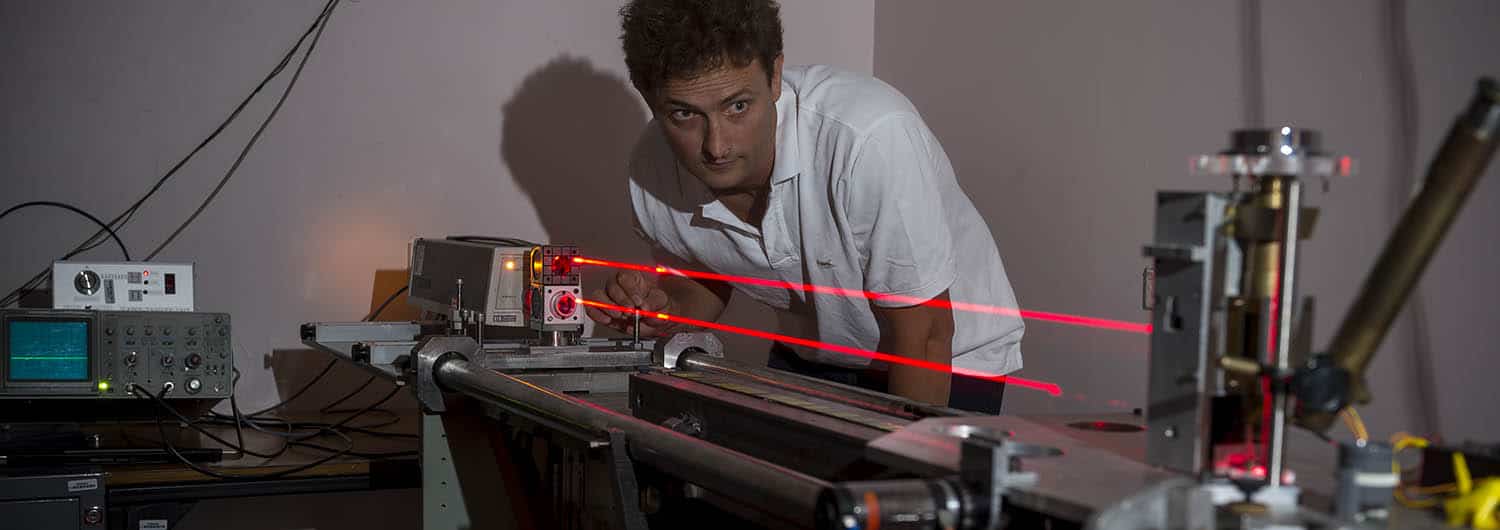The metre is defined as the length of the path travelled by light in a vacuum in 1/299,792,458 of a second

Computer generated image of International Prototype Metre bar
I had booked my boat in for measuring and had just come back from club racing and thought I better check the length, as we had a new measurer who might be a bit more stringent with the rules. I had just bought a new one metre rule from Bunning’s. I placed the boat in my measuring jig and it fitted nicely, so all good.

Then I measured the jig and, oh no, it was about 5 mm too long!
Somehow the jig must have moved!
This meant that I had to cut 5mm off my boat. When I measured the bow rubber it was on the limit of 10mm, so I had to cut 5mm off the glass boat. Very frustrating as the boat was nicely painted, so it was a challenge to cut and glass on a new bow and then get the boat measured for the Northland Champs held the next weekend.
With the job done we went through the process of measuring the boat. Sure enough, he used a different process than I was used to. This included floating the boat in a hot spa pool! Surely hot steamy water will make the boat float higher, but I did not question this. Anyway, he placed an adjustable level on the aft deck and set it so that the bubble was level when floating in the pool. He then placed the boat on his workbench with the stern touching the wall that was perpendicular and square to the bench and the bubble of the level was in the correct position. He placed a line square down from the stem on the bench and measured with his steel rule from the wall.
All good he said. Actually it is 4mm short of one metre. I could not believe that was true as I had just cut 4mm off the bow. So, we compared rulers and sure enough his rule was 4mm longer than mine.

So which rule is correct? He assured me his was right and how can you rely on a plastic rule bought from Bunnings. My thought was that all chippies use these rules, so there must be a few wrong size buildings around town. So it got me thinking about how many one metres were not even one metre, and how do you find a true length stick. Anyway, I make all my boats a little shorter now to be sure. Are you allowed to squash the rubber bow on measuring day?
Google search works well so if you’re interested a few links below may help you, although I still feel a little confused about how I can find a true one metre.

English: Computer generated image of International Prototype Metre bar, made of 90% platinum – 10% iridium alloy. This was the standard of length for the SI (Metric system) from 1889 until 1960, when the SI system changed to a new definition of length based on the wavelength of light emitted by krypton 86. The length of the metre was defined by the distance between two fine lines ruled on the central rib of the bar near the ends, at the temperature of freezing water. The bar was given an X (Tresca) cross-sectional shape to increase its stiffness-to-weight ratio, improve its thermal accommodation time, and so the graduation lines could be located on the “neutral” axis of the bar where the change in length with flexure is minimum. The prototype was made in 1889, its length made equal to the previous French standard “Metre of the Archives”. Twenty-nine identical copies were made at the same time, which were calibrated against the prototype and distributed to nations to serve as national standards.
The main problem with defining the unit of length by an artifact such as a bar is that there is no foolproof way of detecting a change in its length due to age or misuse. It can be compared to other copies, but these themselves may have changed in length. This motivated the 1960 change to a definition based on light waves. The bar is now kept in the collection of the BIPM museum.
Some may find this video interesting https://www.youtube.com/shorts/Z2LLcVM2ih4 (added 3 Mar 2025)
